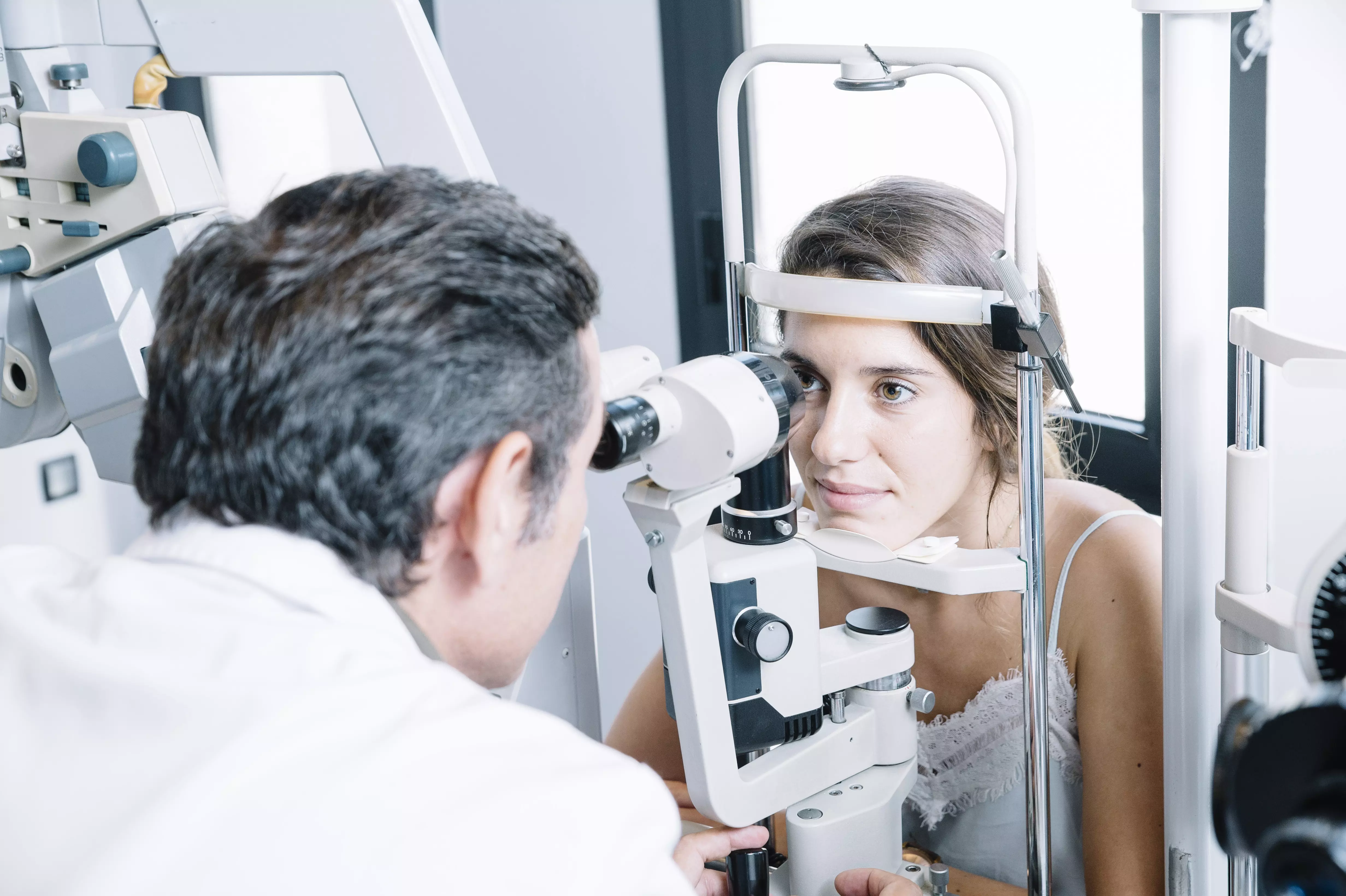Cell therapy to treat eye injuries
Reverse eye aging with cell therapy
One of man's most valuable senses is sight. We use it every day for work, reading, watching TV and many other activities. Unfortunately, many people struggle with various eye problems, such as cataracts, macular degeneration and glaucoma. Fortunately, medical advances allow for modern and effective treatments, such as cell therapy, which can reverse the aging of the eye and restore full function. With this treatment, it is possible to improve patients' quality of life and increase their independence.
How does cell therapy work?
Cell therapy involves the introduction of healthy cells into damaged eye tissue, allowing it to regenerate. First, a detailed examination of the patient is performed to accurately diagnose the problem. Then, doctors extract cells from the patient's healthy tissue, usually from blood or bone marrow. The next step is to culture these cells in a laboratory to obtain the right amount of cells.
Once the right number of cells are prepared, the doctor administers them to the patient using a specialized injection tool. The injected cells settle into the damaged eye tissue and begin the repair process. Cell therapy is aimed not only at restoring vision function, but also at delaying the aging process of the eyes, making it possible to maintain good vision into old age.
Advantages of cell therapy
One of the biggest advantages of cell therapy is its effectiveness. Studies have shown that this treatment produces very good results in patients with various eye injuries. Many of them notice an improvement in their vision after just a few weeks of the therapy. In addition, cell therapy is minimally invasive and virtually safe for the patient. The risk of complications or infection is minimal.
Another advantage is its durability. Unlike traditional treatments, such as lens implantation or laser surgery, cell therapy produces long-lasting results. Cells introduced into the damaged eye tissue have the ability to self-regenerate and divide, allowing it to regenerate even after the therapy is completed.
It is also worth mentioning the lack of need for painkillers or drops, which are inherent in traditional treatment methods. Cell therapy is a natural process that takes advantage of the body's ability to regenerate itself, thus eliminating the need to take a lot of medication.
Is cell therapy for everyone?
Cell therapy can be used for most patients with eye damage, but it is not suitable for everyone. Before proceeding, the doctor will conduct a detailed consultation to assess the patient's condition and determine the feasibility of the therapy. It is also important to remember that cell therapy is an invasive procedure and carries some risk of complications. Patients with cardiovascular or immune system diseases may not qualify for this type of treatment.
For patients in whom cell therapy is an option, very good results can be expected. Increased visual acuity, improved contrast or increased visual field are just some of the benefits that this novel treatment can bring.
Summary
Cell therapy is a modern and effective method of treating eye damage. It works by introducing healthy cells into damaged eye tissue, allowing it to regenerate and restore full function. This treatment has many advantages, such as high efficacy, long-lasting results and no need for pain medication. However, it is not suitable for all patients and carries some risk of complications. Before opting for cell therapy, consult a specialist in the field who will select the right solution for your problem.

Add comment